| Title | First State |
| Park Code | frst |
| Description | Famous as the First State to ratify the Constitution, Delaware was born out of a conflict among three world powers for dominance of the Delaware Valley. From this beginning, the region developed a distinct character that tolerated diversity in re... |
| Location | |
| Contact | |
| Activities |
|
| Entrance fees |
|
| Campgrounds | Count: 0
|
| Places | Count: 18
Beaver Creek RuinsThe ruins along Beaver Creek provide a physical reminder of the industrial history of the Brandywine Valley. The mills in the area provided finished goods that were then shipped around the nation and the world, making the Brandywine Valley a major early center for the Industrial Revolution in the United States. 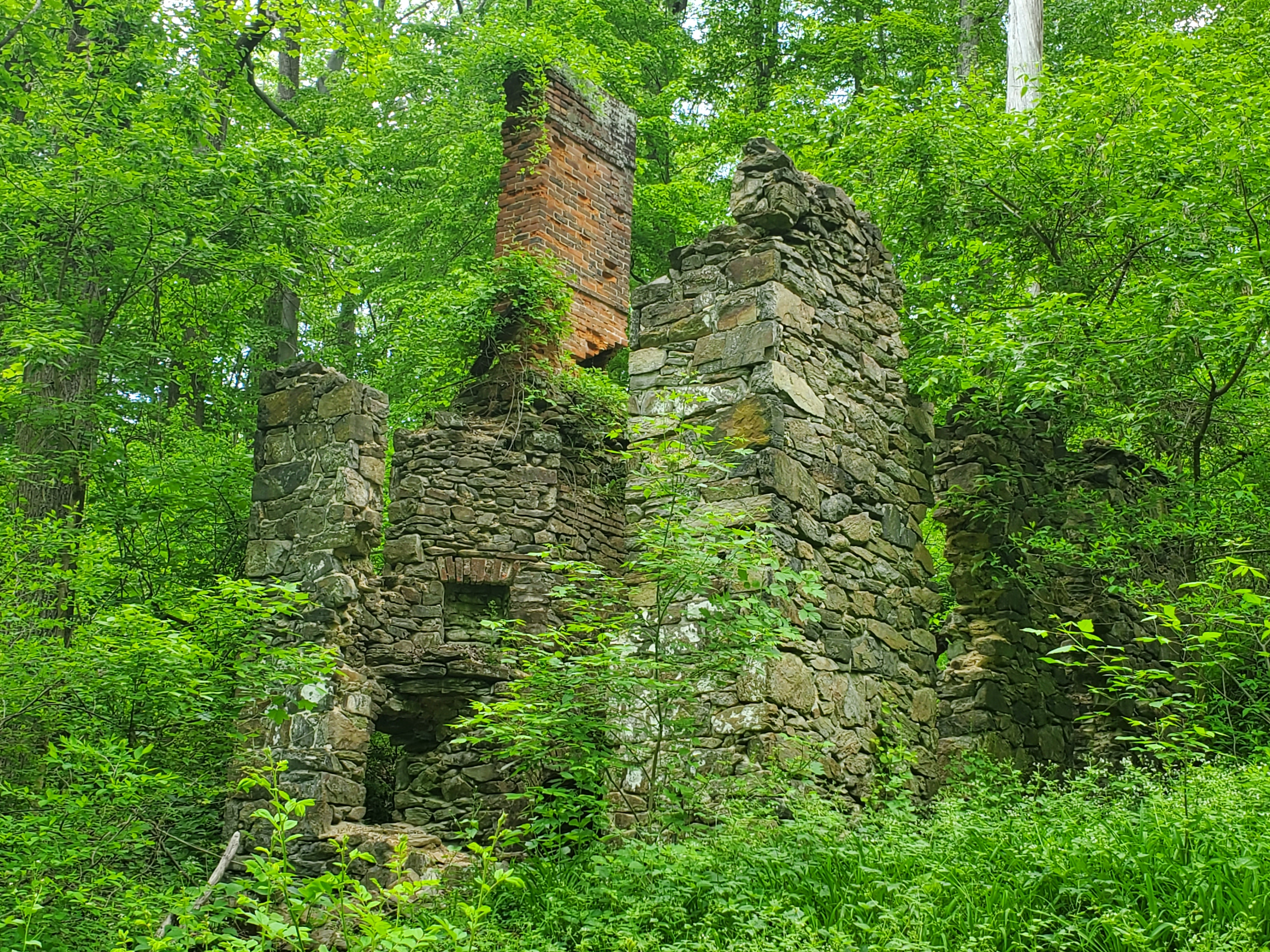
Delaware-Pennsylvania Border MarkerThis stone marker is one of many placed by Captain Hodgkins during his 1892 survey of the Twelve-mile Circle, which makes up a large part of the Pennsylvania-Delaware border, and is one of the few circular borders in the United States. 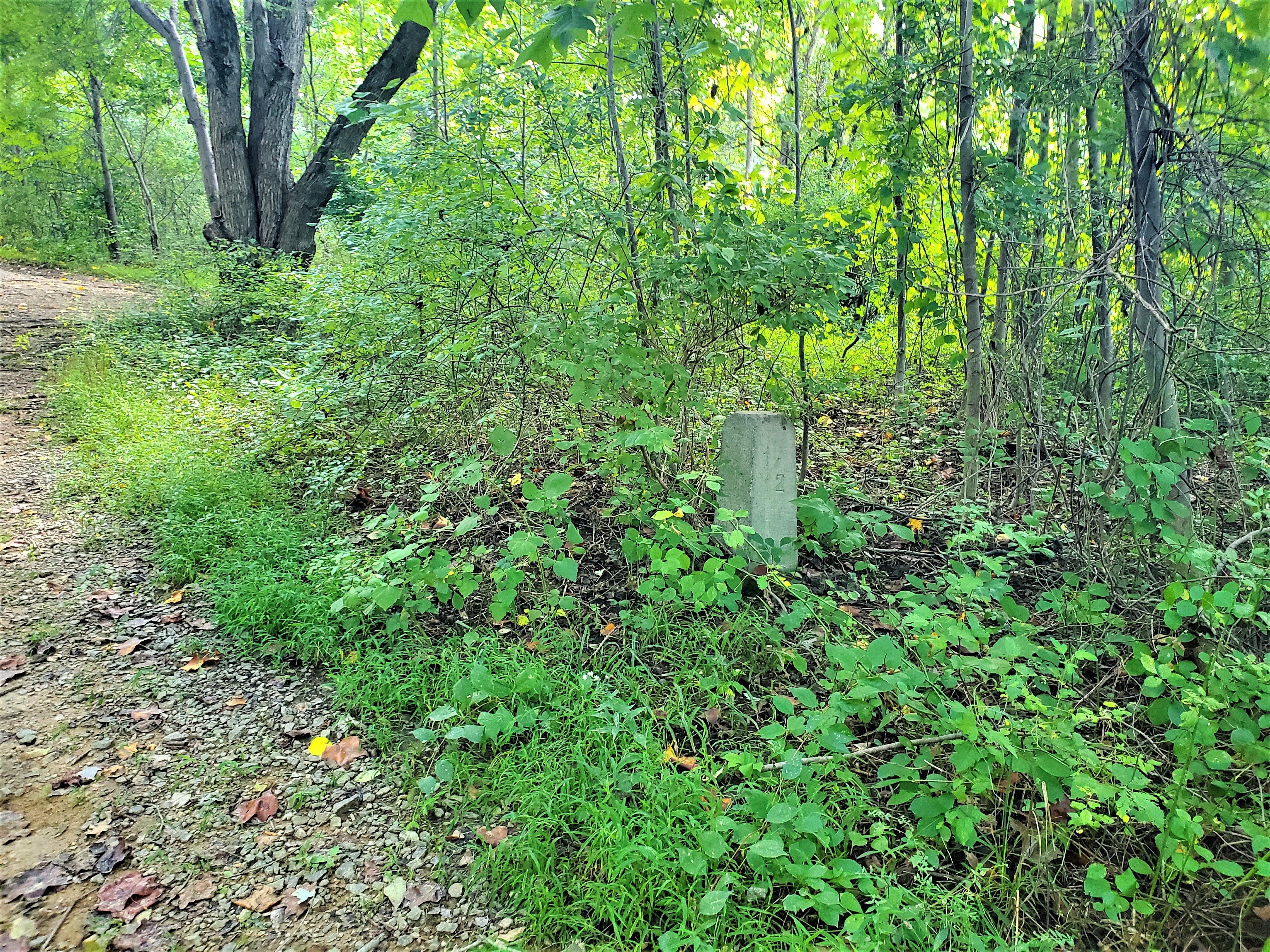
Fort Christina & The RocksIt was here at The Rocks, in 1638, along the banks of the Christina River over 380 years ago, that the first Swedish and Finnish American settlers aboard the Kalmar Nyckel and the Fogel Grip landed. The wharf of rocks is all that remains of the first landing. 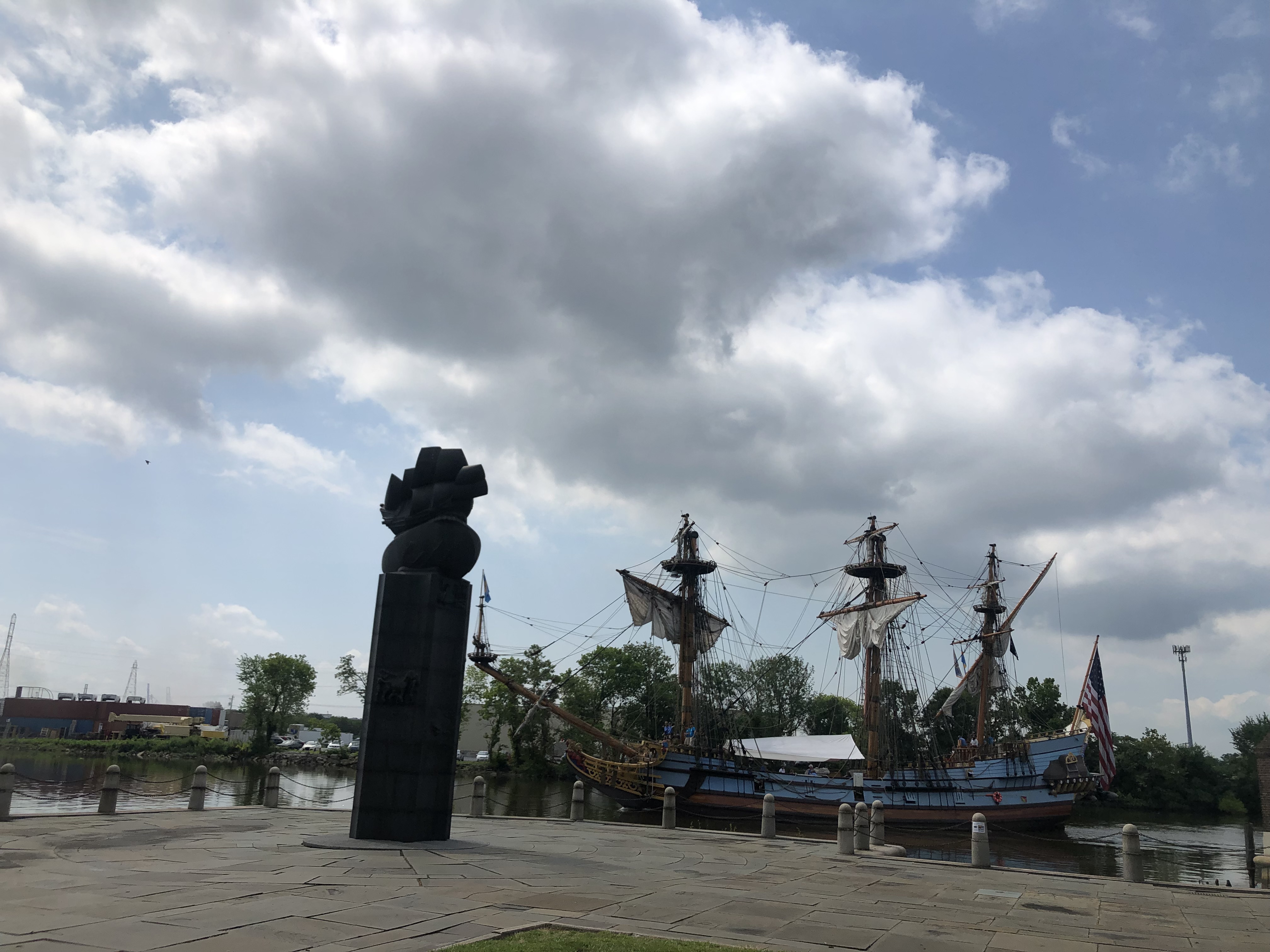
John Bell HouseWalking by the John Bell House today, one may think that it looks out of place, surrounded as it is by dignified government buildings and stately homes of red brick; but despite outward appearances, the structure is one of the most remarkable yet standing in Delaware today. 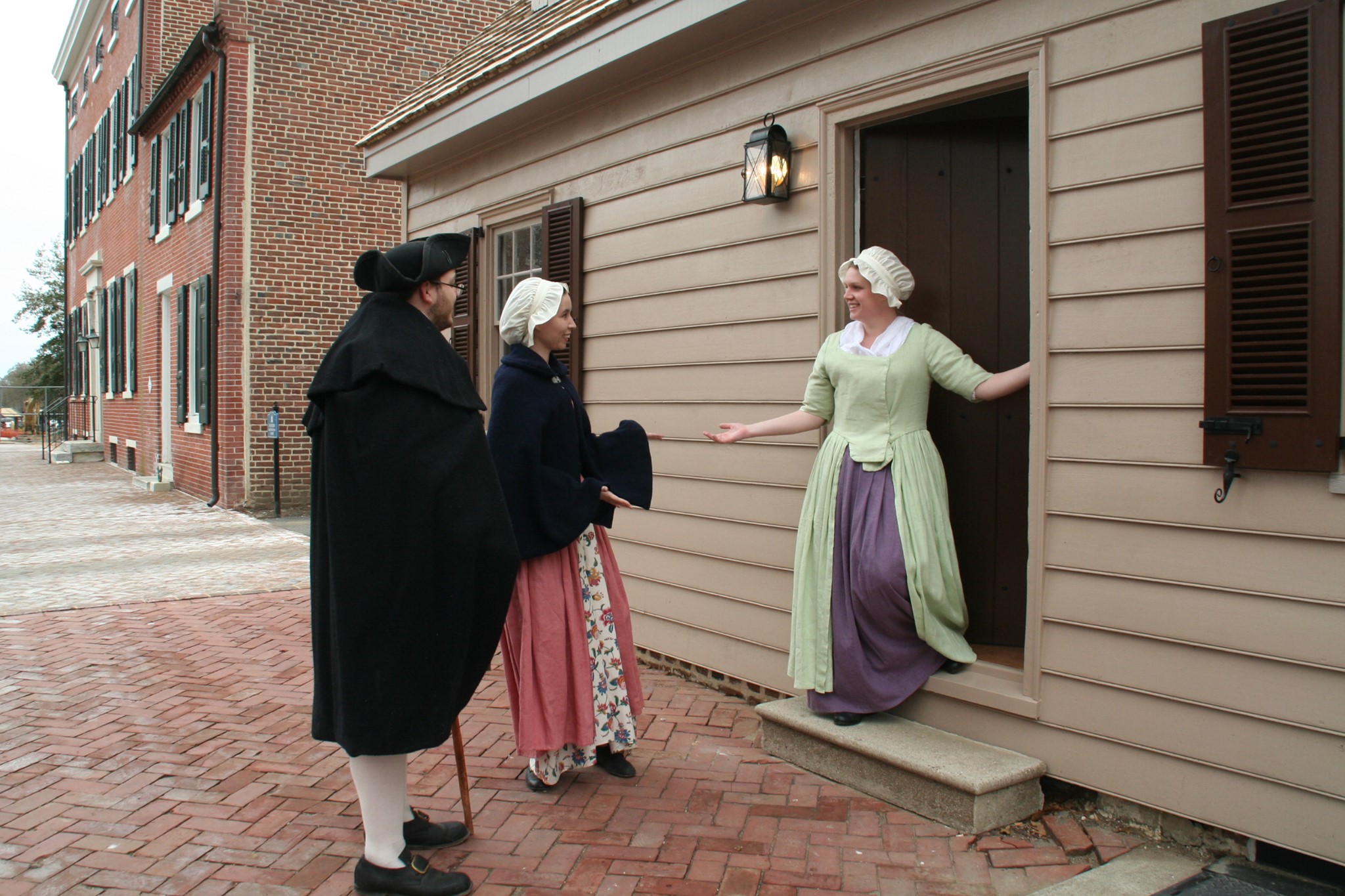
John Dickinson Plantation Visitor CenterThe John Dickinson Plantation Visitor Center is the primary orientation space for visitors. Visitors can start their tour by watching a video about John Dickinson, to transport themselves back in time and take a brief look at the stories they will hear more about on their tour. 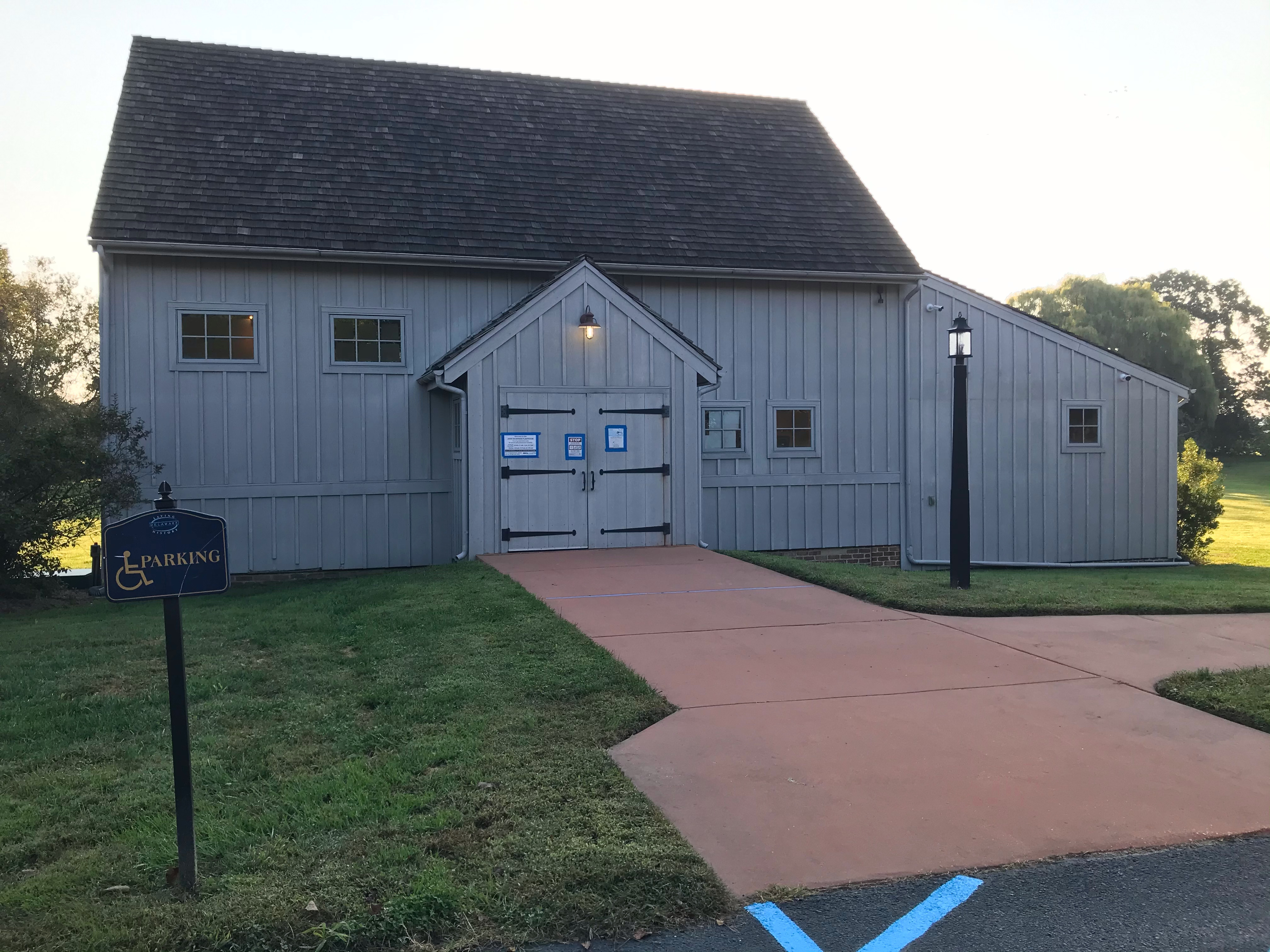
Mica Mining PitThe remains of this mica mining pit, active from the mid 1800's-early 1900's, provides evidence of the Brandywine Valley's industrial history. As an important center for the Industrial Revolution within the United States, the Brandywine Valley provided both raw material and finished products to the nation and abroad, including the mica mined here for use in the production of ceramics. 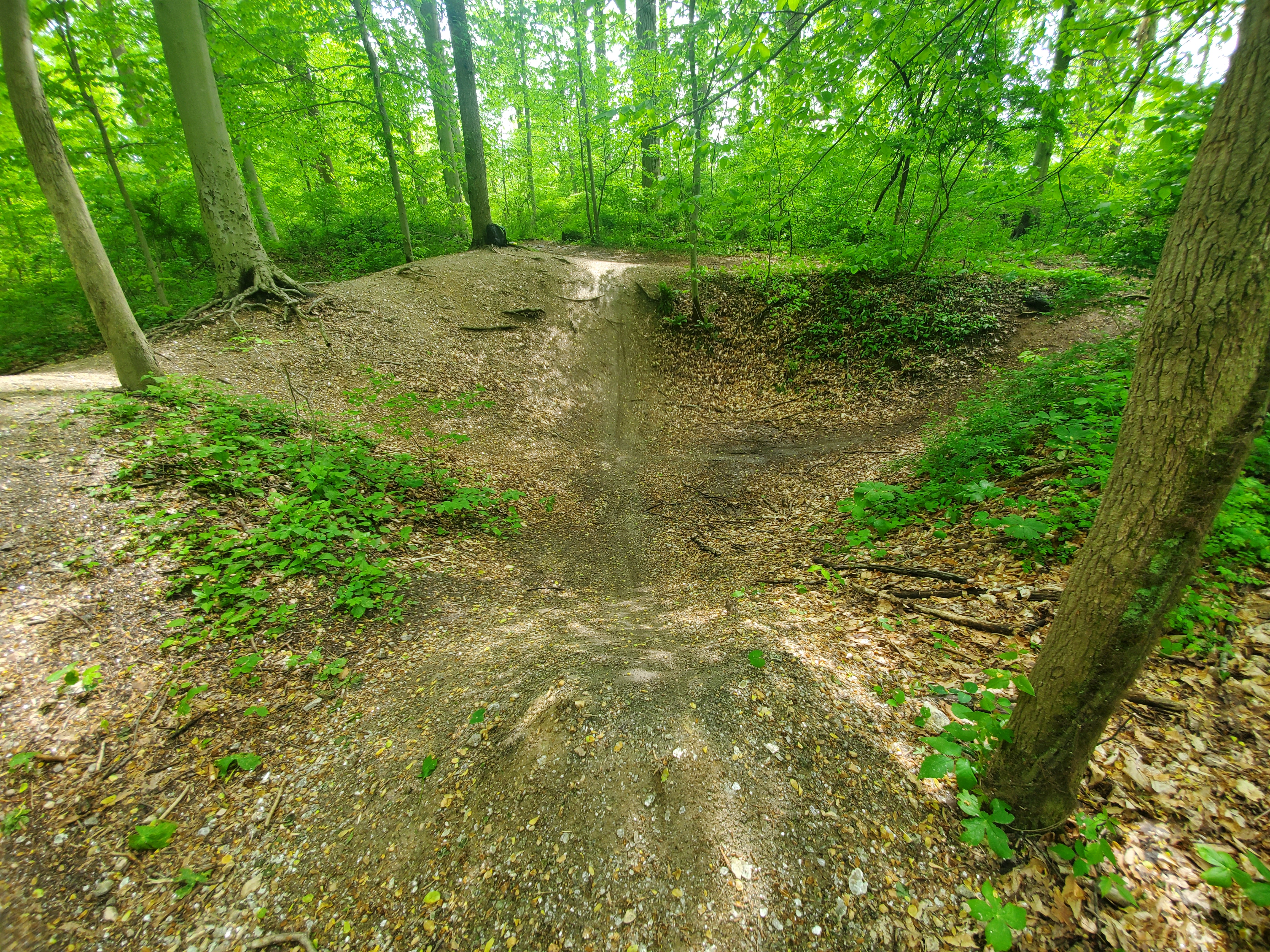
New Castle Court House MuseumBuilt in 1732, the New Castle Court House served as Delaware’s first court and state capitol. Here in 1776, New Castle, Kent and Sussex counties declared their independence from Pennsylvania and Great Britain creating the Delaware State. 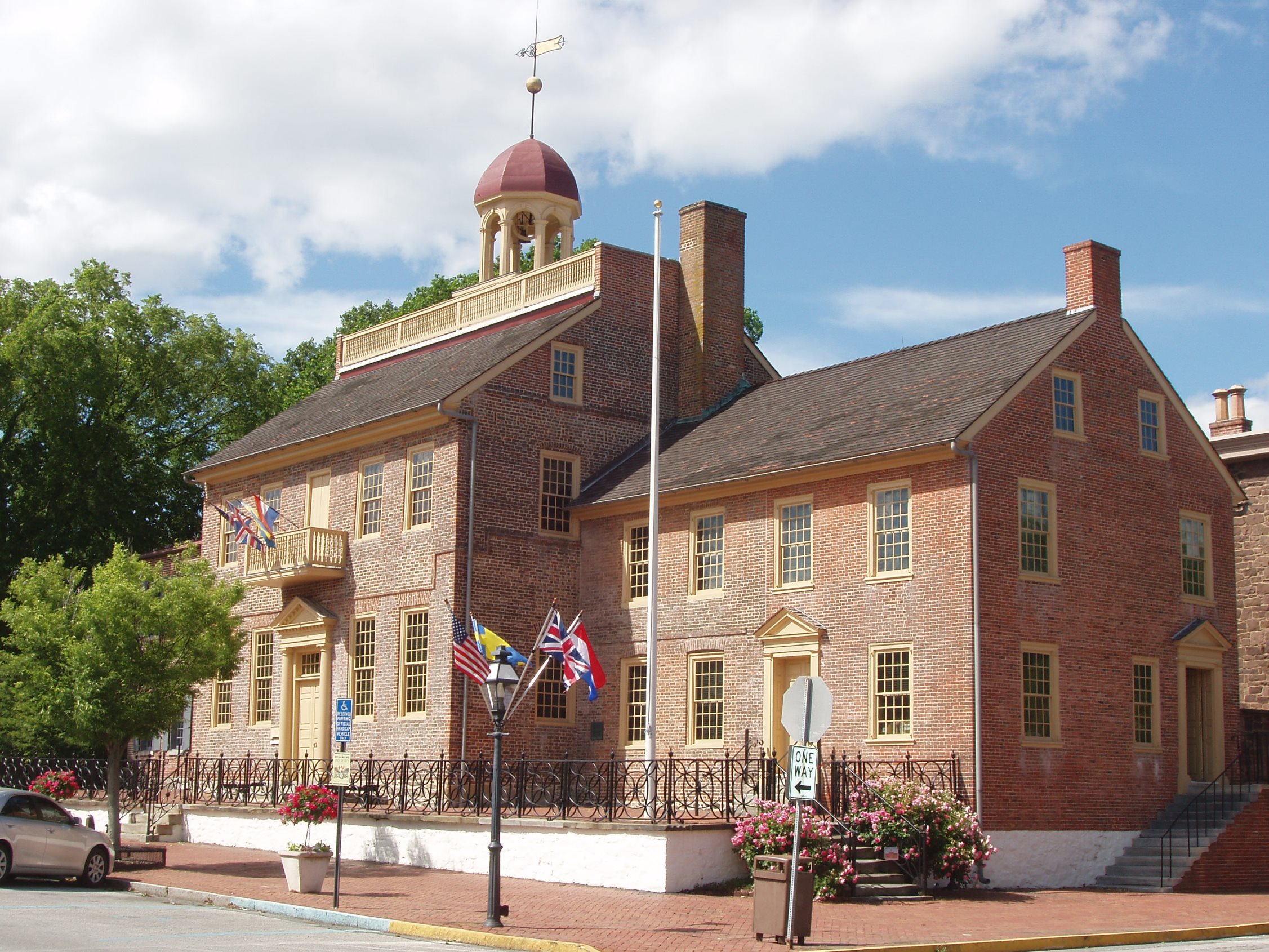
Old Swedes Burial GroundsIn 1638, the first Swedish settlers stepped foot on what is now Delaware. Shortly after arrival, they constructed Fort Christina and established the burial grounds at Old Swedes Historic Site prior to the church being built in 1698-1699. 
Old Swedes ChurchOld Swedes Church, built by the Swedish Government in 1698 -1699, is considered one of the nation’s oldest church buildings that is still in regular use as house of worship. Originally, the church was established as a Swedish Lutheran Church to support the growing needs of the nearby New Sweden Colony. This building serves as one of the few remaining sites that documents the settlements throughout the Delaware Valley and the establishment the nation. 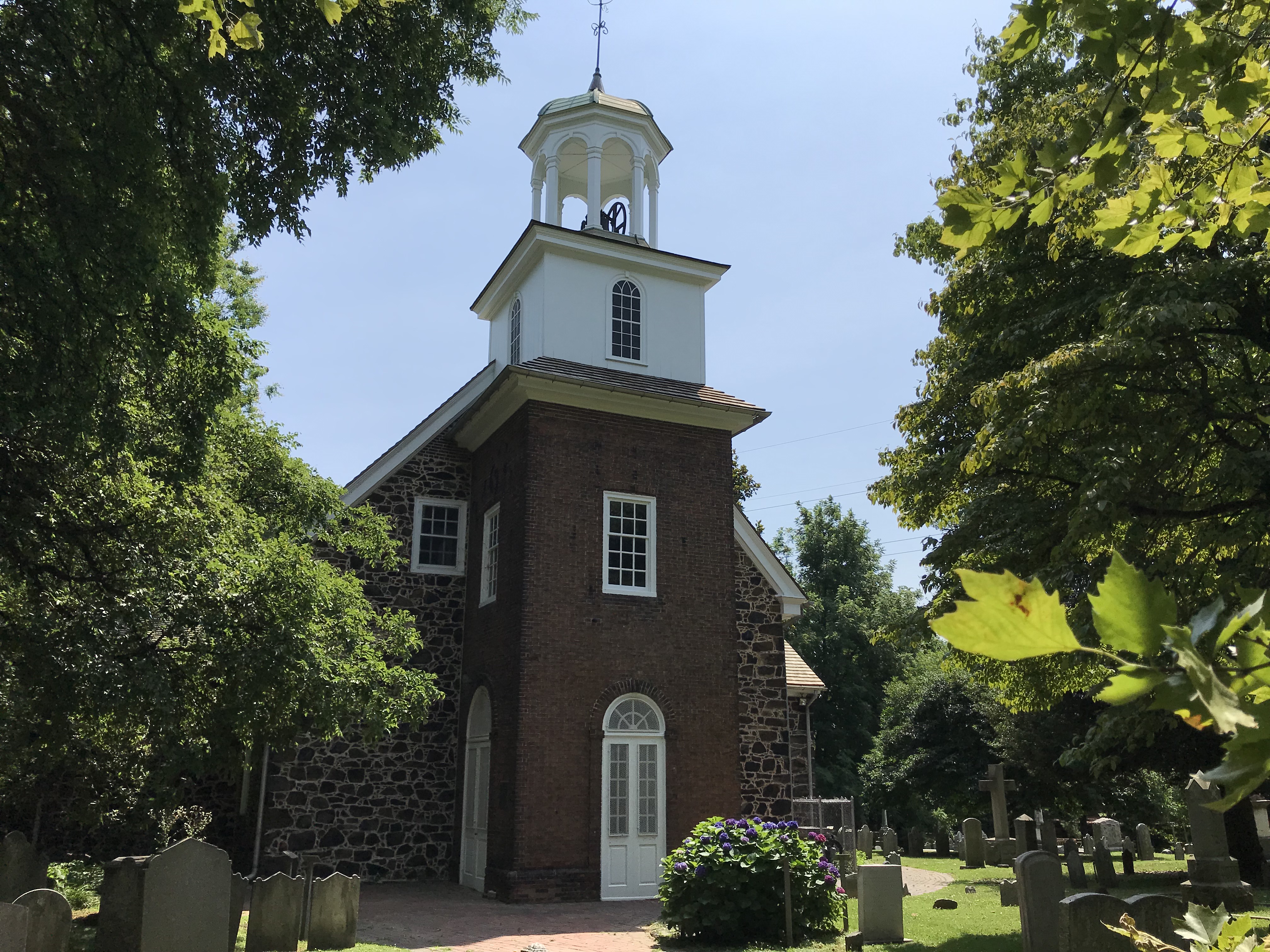
Parking Lot 1 TrailheadExplore the northern trails and their hidden secrets throughout the northern section of Brandywine Valley. 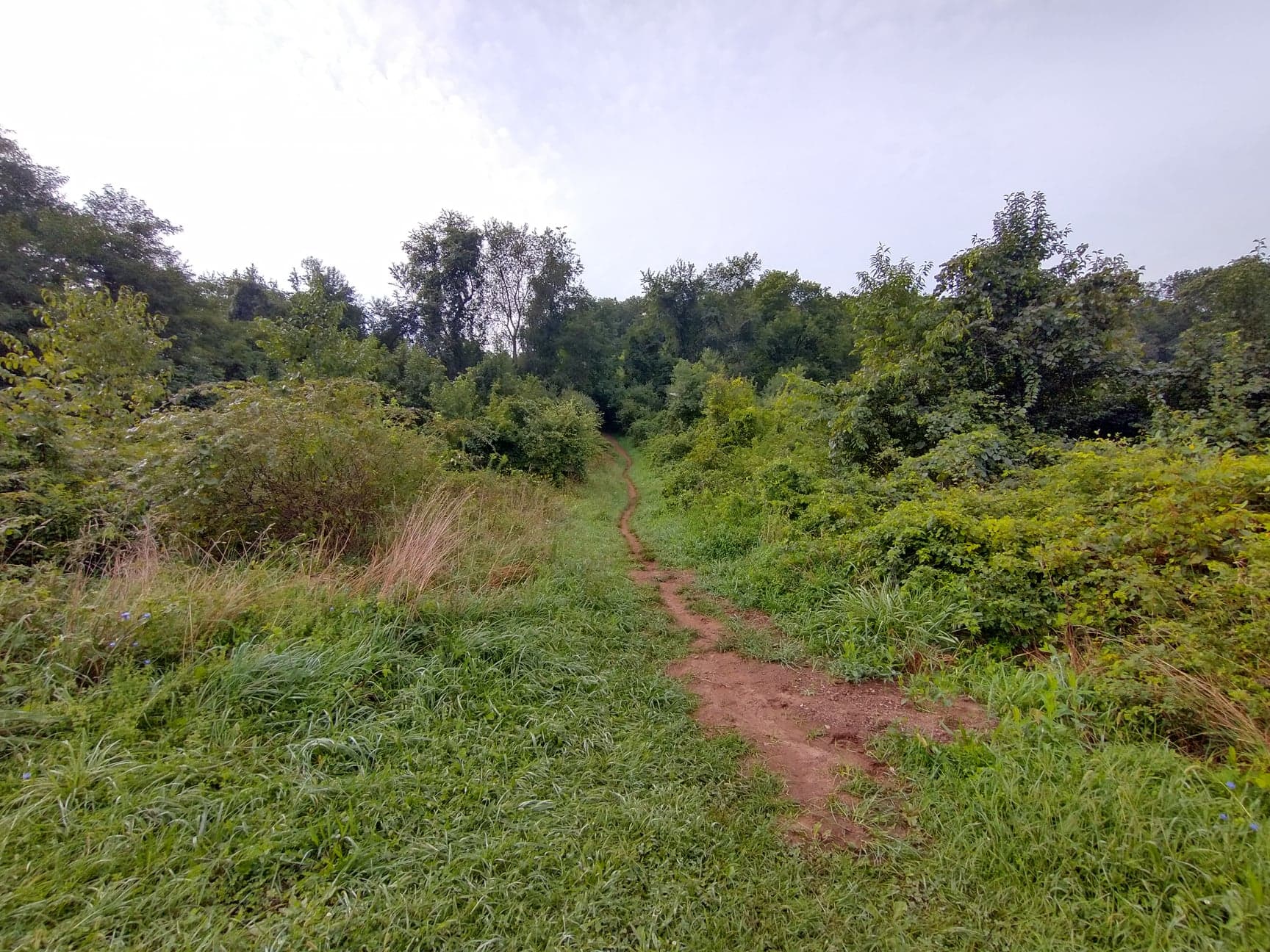
Parking Lot 2 TrailheadThis trailhead will give you access to the trails near the border of Delaware and Pennsylvania. 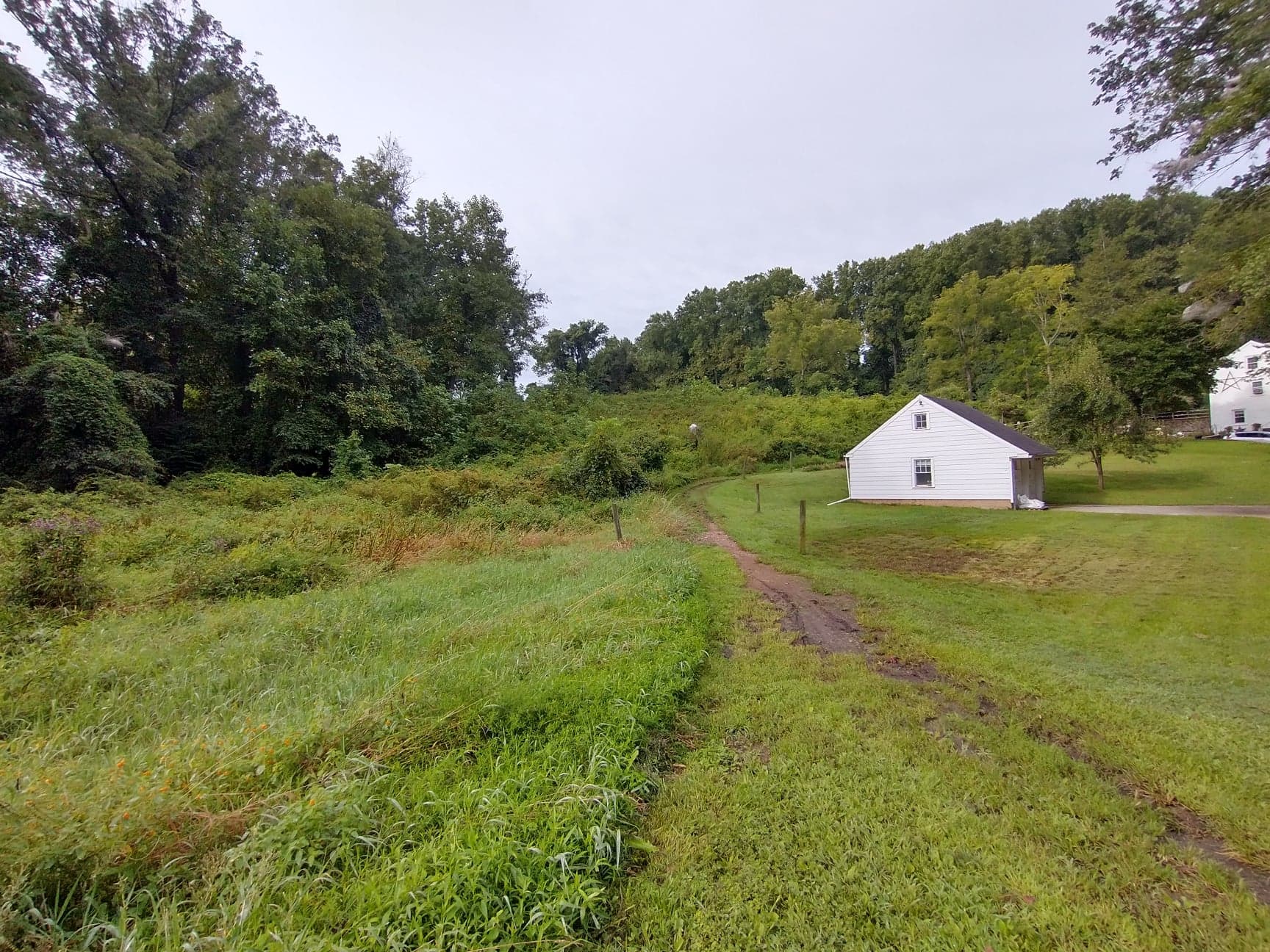
Parking Lot 4 TrailheadThis trailhead will give you access to trails in the center of the park. These trails are filled with rolling hills and creek crossings. 
Ramsey OverlookThis place was nicknamed “The Rocks” by park staff after these large boulders were installed in 2016 to provide a natural bench for visitors to sit and reflect as they take in the rolling hills and winding creeks of the greater Brandywine Valley. 
Sheriff's HouseThe Sheriff’s House was constructed in 1857 on the site of the circa 1793 jail, which is all that remains of Delaware’s first prison system. The Sheriff’s House is the only NPS-owned facility in New Castle, donated by the State of Delaware in 2013 as part of First State National Monument. 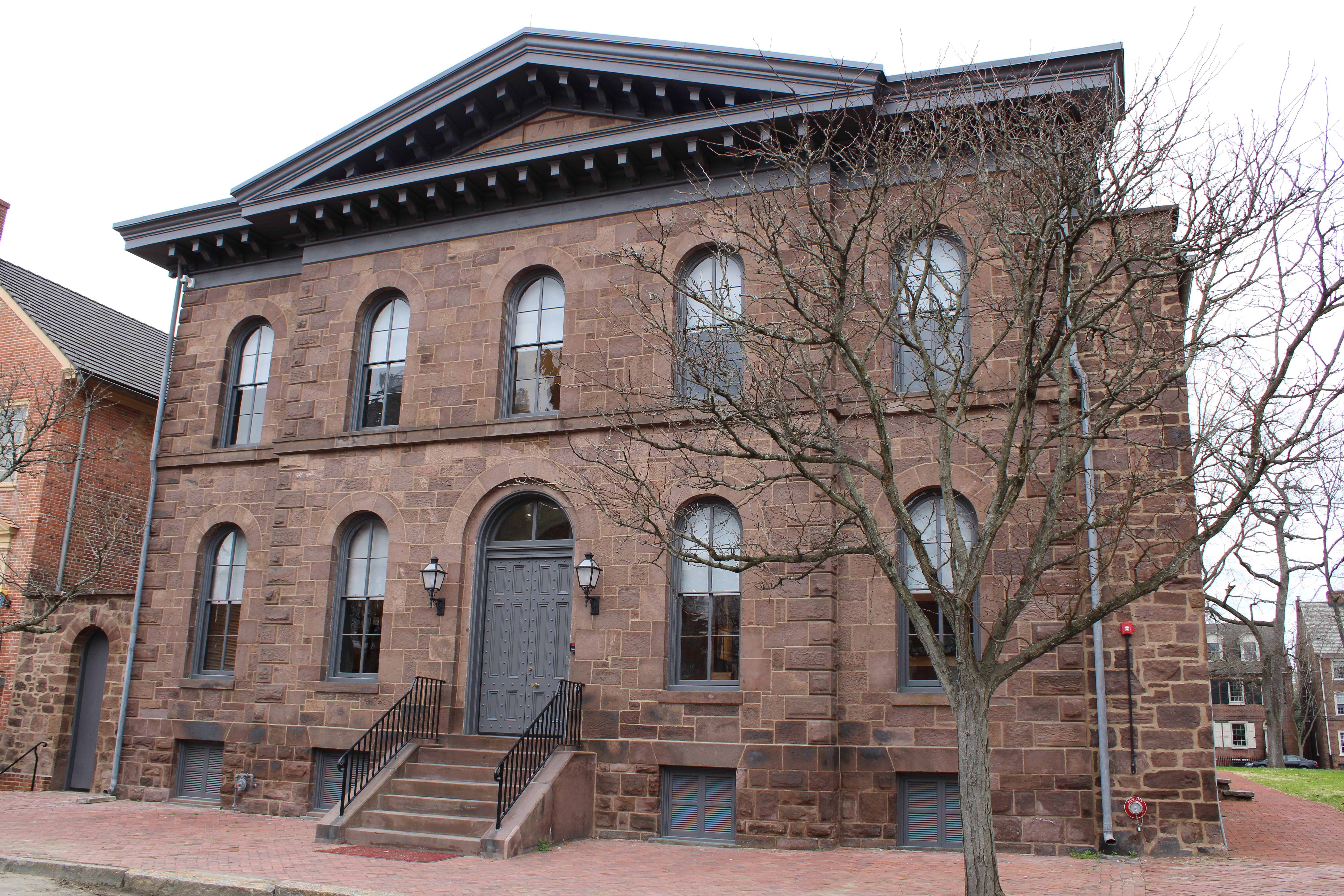
Smith Bridge Parking Lot TrailheadThe parking lot and trailhead offers visitors a chance to sit by the creek to enjoy a nice meal on the picnic tables provided, fish, or enjoy an easy stroll alongside the creek. 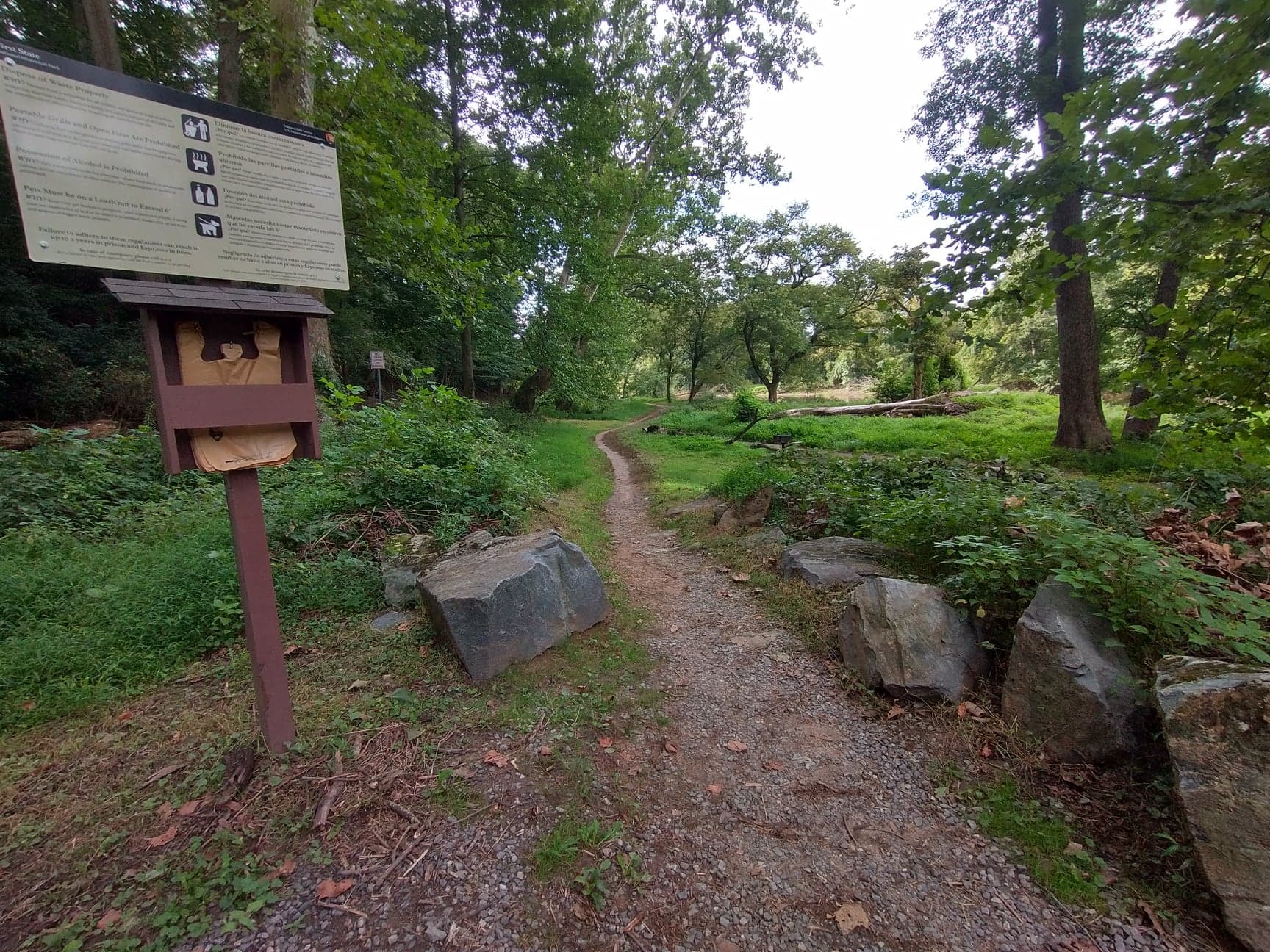
The ArsenalSince the early 1800's the building known as "The Arsenal" has accommodated a variety of activities. Today this building serves as the town visitor center where you can learn more about Historic New Castle, including about this building. 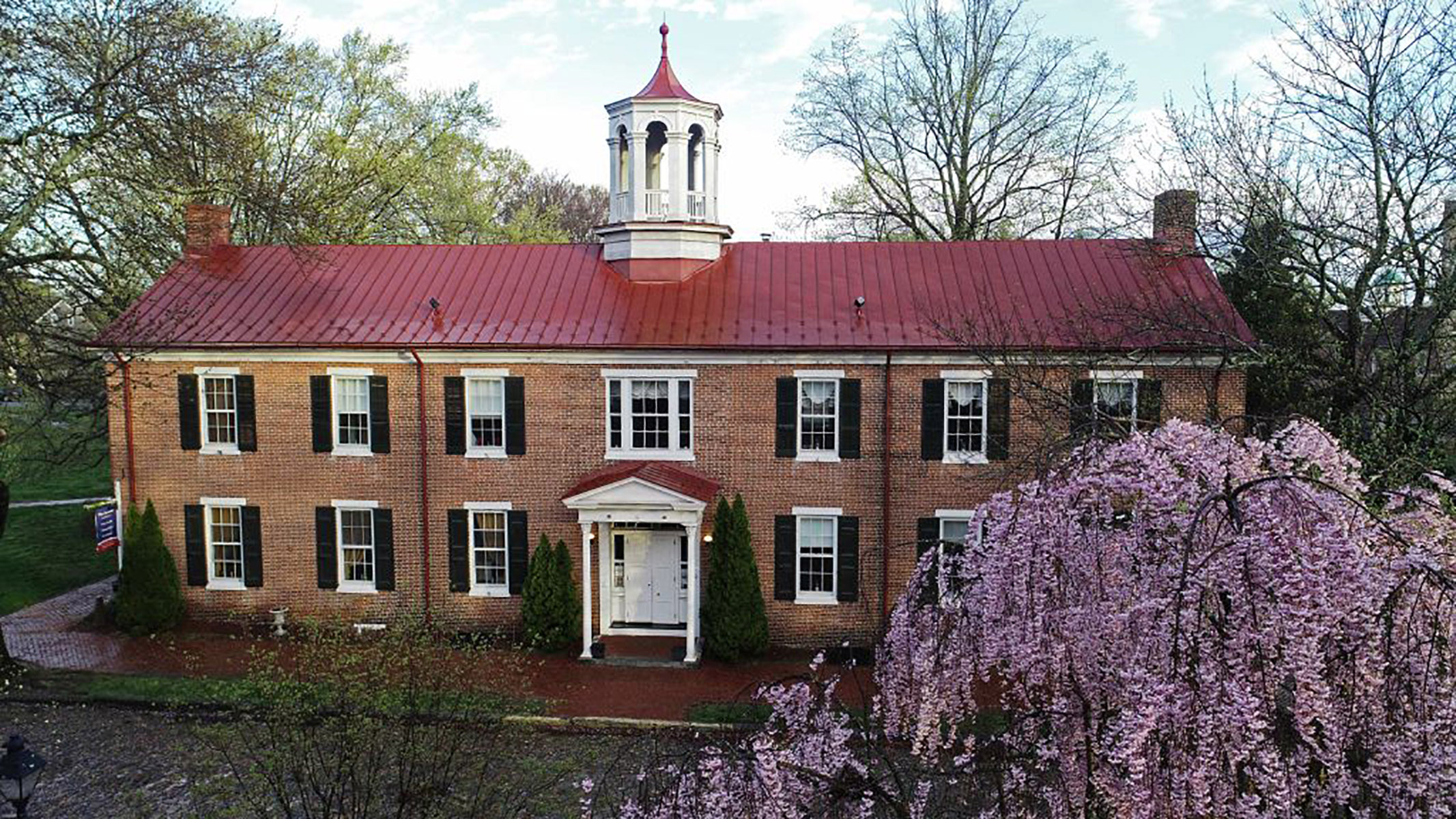
The Dover GreenThe Green, laid out in 1717 in accordance with William Penn’s orders, was surrounded by government buildings, shops, homes, and taverns, and quickly became the heart of Dover. It played witness to the American Revolution and, on December 7, 1787, thirty delegates (ten from each county) met on The Green at the Golden Fleece Tavern and ratified the United States Constitution, giving Delaware a place of honor as "The First State." 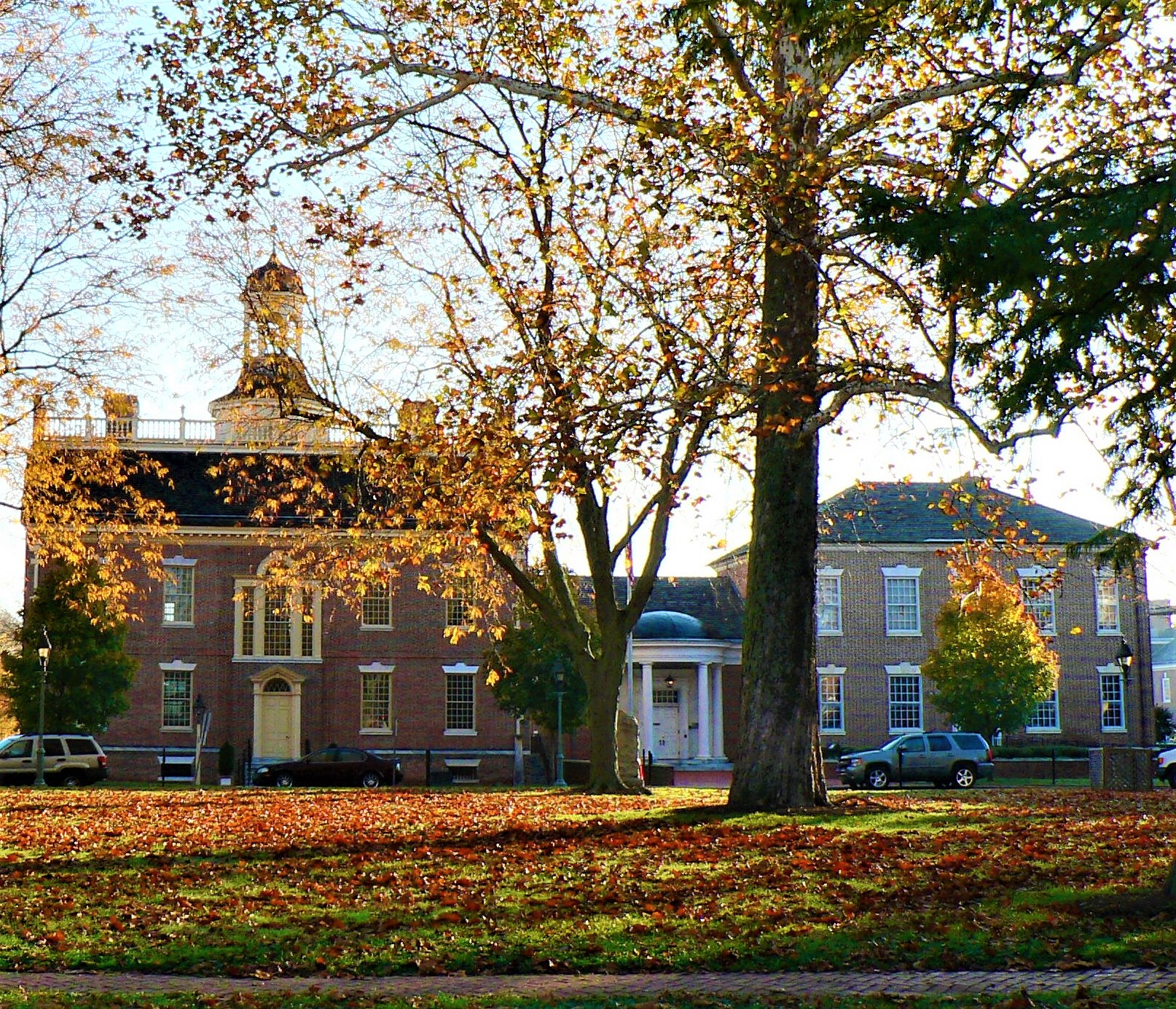
The Old State HouseAs you take in the exterior of this Georgian-style structure and move among its majestic chambers it is almost possible to hear the echo of patriotic debate, the pleas for justice, the cries for freedom, governors, ordinary citizens, the enslaved and the freeman all made history here in the over two hundred years of the building’s continuous governmental use. 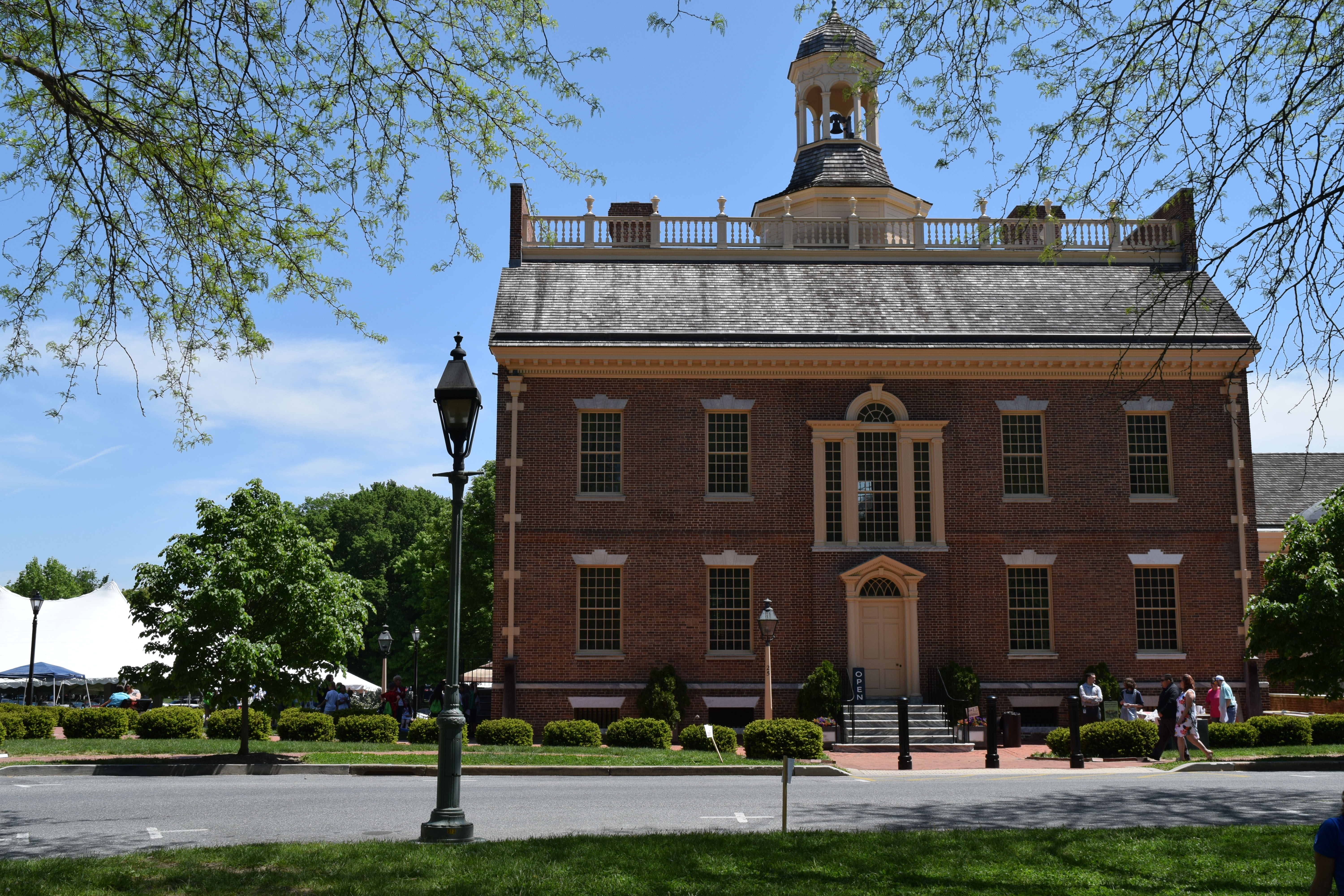
|
| Visitor Centers | Count: 1
Sheriff's House Welcome Center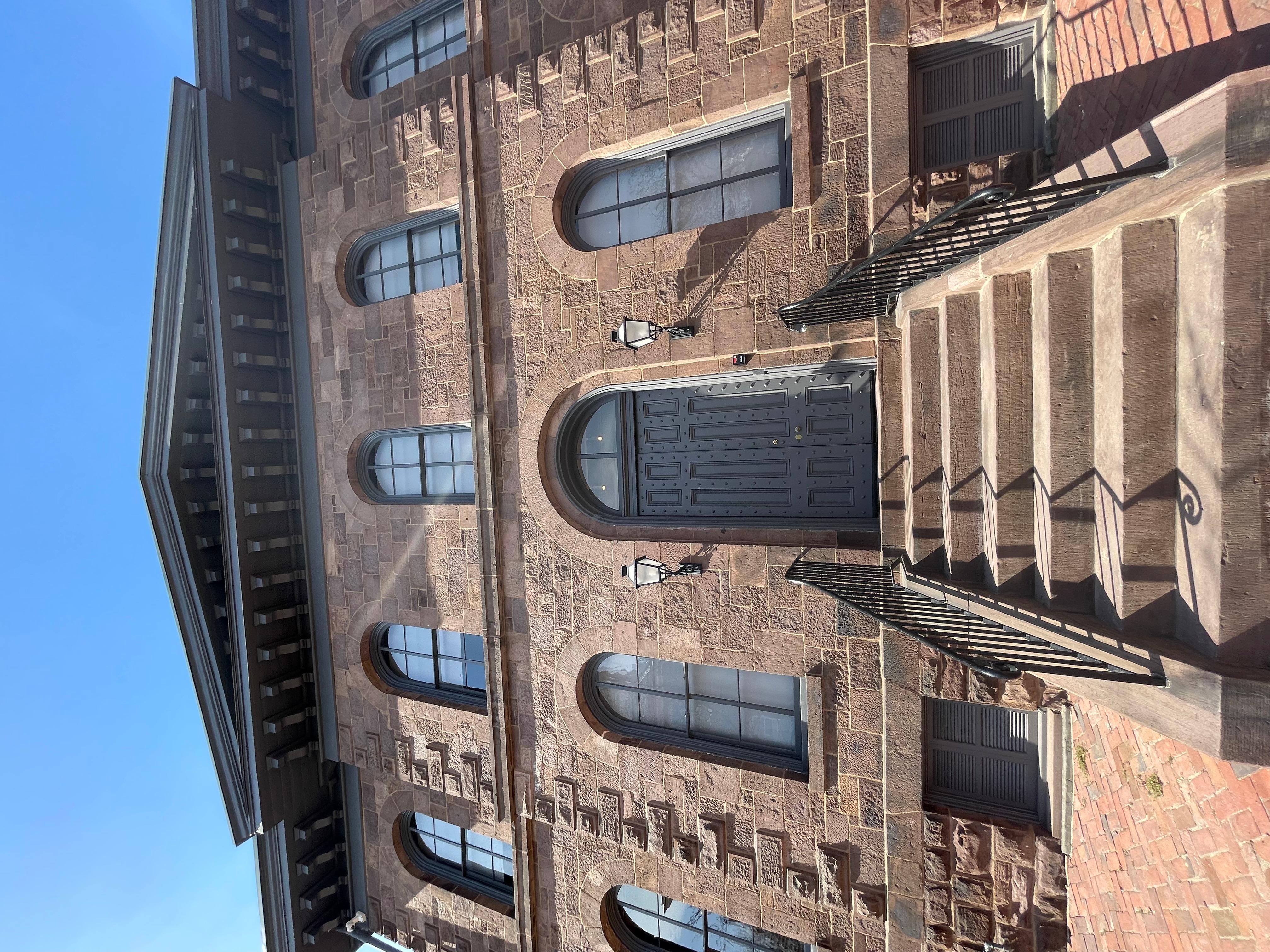
|
| Things to do | Count: 0
|
| Tours |
Count: 3
Connecting the Six SitesThere are many ways you can explore the six sites of First State National Historical Park. This tour will take you on a journey through time, as you discover how the people, places and stories of Delaware are connected across landscapes and legacies. Industry in the Brandywine ValleyDid you know that the Brandywine Valley was on of the earliest centers of the Industrial Revolution in the United States? From the late 1700s to the mid 1800s, innovators and entrepreneurs working in the Brandywine Valley were at the cutting edge of industrial development. Explore the history of this development and the impacts it had on the nation through this narrated tour. Slavery and the Underground Railroad in DelawareThis tour is meant to be conducted at your own pace, as the sites mentioned stretch over the length of Delaware. Please be careful when travelling, and make sure to look up the hours and visitor information for each site beforehand. Contact information, hours, and how to make reservations, if they are necessary, can be found both in the First State National Historical Park section of the NPS mobile app and on the Park’s website, at www.nps.gov/frst. |
| Articles |
|